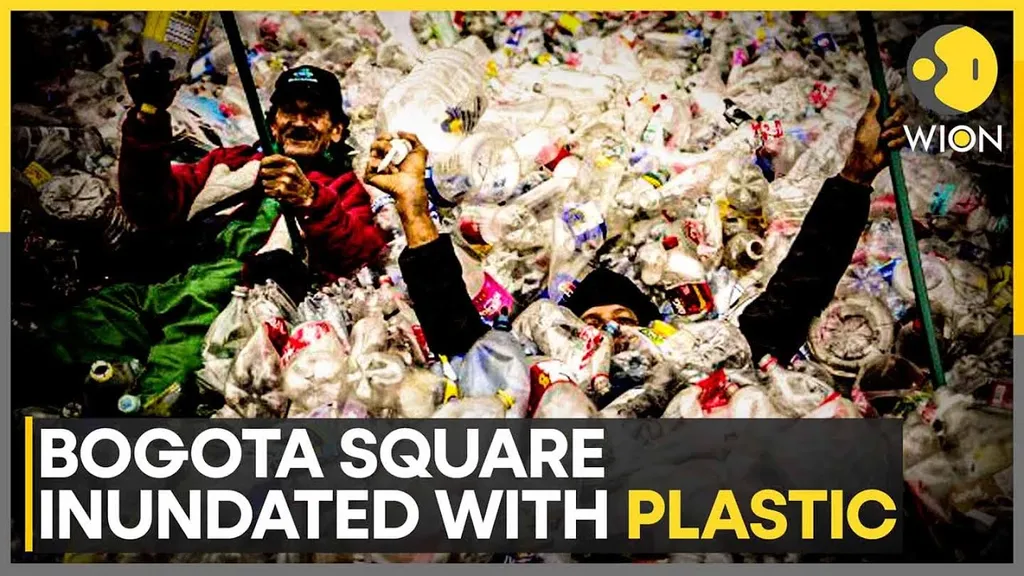In the heart of Colombia’s agricultural landscape, a groundbreaking study is reshaping how we view tomato production waste. Krystle Danitza González-Velandia, a researcher from Corporación Universitaria Minuto de Dios – UNIMINUTO, has been at the forefront of this investigation, evaluating techniques to transform residual biomass from tomato production into valuable resources. The study, published in *Revista U.D.C.A Actualidad & Divulgación Científica* (translated as *U.D.C.A. Current Affairs & Scientific Dissemination*), offers a promising glimpse into the future of circular agriculture.
González-Velandia and her team focused on three technologies: biochar production in a retort system, composting, and co-composting. Their goal was to assess the economic and environmental viability of these methods within a circular economy framework. The findings are intriguing, particularly for the energy and agricultural sectors.
For every ton of fresh tomato produced, approximately 297.7 kg of organic waste is generated. This waste, often overlooked, holds significant potential. “The key is to see this waste not as a disposal problem but as a resource waiting to be tapped,” González-Velandia explained. The study confirmed the technical feasibility of the evaluated technologies, but the economic and energy demands of each method varied significantly.
Biochar, produced through slow pyrolysis, showed the expected temperature profile but proved disadvantageous at a small scale due to its high cost and energy requirements. However, when integrated with composting, the story changed. The addition of biochar to compost increased nitrogen retention by 35% and reduced water requirements, maintaining the expected characteristics of the final product. This integration highlights the potential for enhancing the use, recirculation, and valorization of agricultural waste biomass.
The implications for the energy sector are substantial. Biochar, when produced at scale, could serve as a valuable soil amendment and a means of carbon sequestration. The integration of biochar with composting not only improves the quality of the compost but also reduces the need for synthetic fertilizers, contributing to more sustainable agricultural practices.
González-Velandia’s research underscores the importance of a comprehensive approach to waste management in agriculture. “We need to think beyond traditional methods and explore innovative ways to utilize agricultural waste,” she said. The study’s findings suggest that the future of circular agriculture lies in the integration of multiple technologies, each playing a unique role in maximizing the value of residual biomass.
As the world moves towards more sustainable practices, studies like González-Velandia’s are pivotal. They provide a roadmap for transforming agricultural waste into valuable resources, benefiting both the environment and the economy. The research published in *Revista U.D.C.A Actualidad & Divulgación Científica* is a testament to the power of innovative thinking and the potential of circular economy principles in agriculture.

